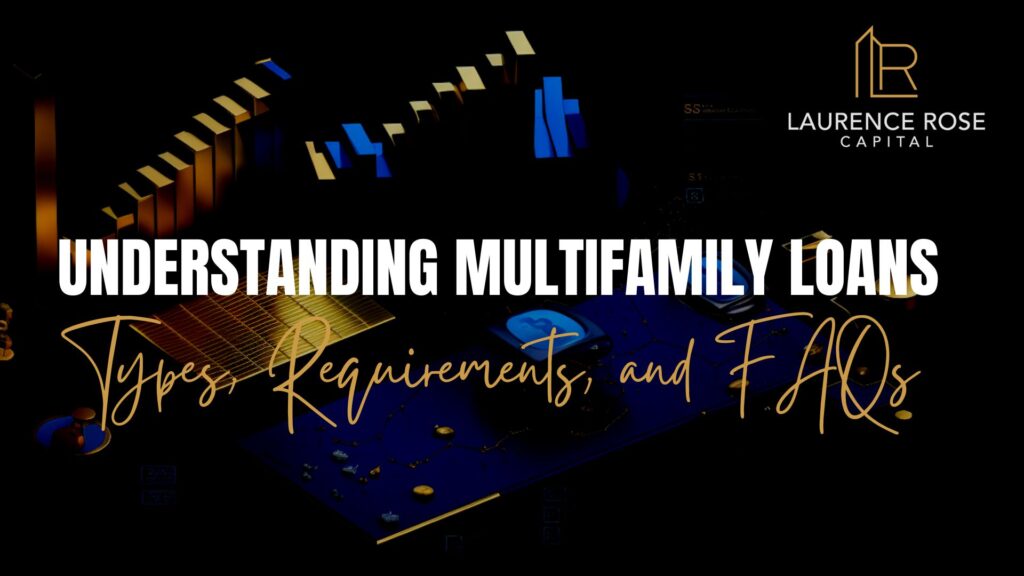Good Return on Multifamily:
A good return on multifamily real estate can vary based on factors such as location, market conditions, property type, and individual investment goals. Generally, a desirable return on multifamily properties is often considered to be around 8% to 12% or more on the invested capital. However, what constitutes a “good” return will ultimately depend on your specific investment objectives and risk tolerance.
Preferred Return:
Preferred return, also known as “pref,” is a predetermined rate of return that certain investors receive before the remaining profits are distributed to other equity investors. It is typically expressed as an annual percentage and is designed to provide a level of security for the preferred equity investors.
Cash-on-Cash (CoC) Return:
Cash-on-cash return is a metric used to evaluate the cash flow generated by a real estate investment compared to the amount of cash invested. It is calculated by dividing the annual pre-tax cash flow by the total cash investment and is usually expressed as a percentage. A higher CoC return indicates better cash flow relative to the investment.
Internal Rate of Return (IRR):
Internal Rate of Return (IRR) is a metric that measures the overall profitability of an investment over its holding period. It considers both the time value of money and the timing of cash flows, including both income and the proceeds from the eventual sale of the property. A higher IRR is generally preferred as it signifies a more profitable investment.
Average Annual Return (AAR):
Average Annual Return (AAR) represents the average rate of return on an investment over a specific period, usually expressed as an annual percentage. It is a simplified measure of the investment’s performance over time.
Equity Multiple:
Equity Multiple is a metric that shows how much an investor can expect to multiply their original equity investment over the holding period of the investment. It is calculated by dividing the total cash distributions to the investor by the initial equity investment. A higher equity multiple indicates a more lucrative investment.
Analyzing a Good Deal:
To analyze whether a multifamily property is a good deal, consider the following factors:
- Financial Metrics: Calculate CoC return, IRR, AAR, and equity multiple to assess the property’s potential profitability.
- Market Research: Study the local real estate market to understand rental demand, occupancy rates, and trends that may impact property values and rental income.
- Property Condition: Conduct a thorough inspection to assess the property’s condition, potential repair costs, and value-add opportunities.
- Rental Income: Evaluate current and potential rental income to determine if it aligns with your investment objectives.
- Operating Expenses: Analyze operating expenses, including property management fees, maintenance costs, insurance, and property taxes, to estimate net operating income.
- Financing: Consider financing options and the impact of interest rates on cash flow and overall returns.
- Risk Analysis: Identify and assess potential risks, such as market fluctuations, vacancy rates, or regulatory changes that may affect the investment.
- Exit Strategy: Have a clear exit plan in mind, such as selling the property or refinancing, to achieve the desired returns.
By carefully analyzing these factors and performing due diligence, you can make informed decisions and identify multifamily real estate deals that align with your investment goals and offer the potential for a good return on your investment.






![How Does Creative Financing Work In Multifamily Real Estate [Explained]](https://laurencerosecapital.com/wp-content/uploads/2023/10/JG-BMP-Ira-LRC-JB-Blog-Covers-750-×-422px-1920-×-1005px-1024x576.jpg)
